Tags: NASA

Powerful JWST-Hubble Telescope Duo Used To Produce Immensely Colorful, Comprehensive Image of Mothra Star
Blue Origin Beats SpaceX After NASA Chooses Jeff Bezos’ Company for Psyche Mission
Mars Temporarily Vanishes Behind the Sun; NASA's Robots Operate Autonomously Until Conclusion of Solar Conjunction
NASA Satellites Capture Russia’s Klyuchevskoy Volcano Throwing 1,000-Mile-Long Cloud of Dust
NASA’s Hubble Telescope Observed Earth-Sized Planet Orbiting a Red Dwarf Star Just 22 Light-Years Away
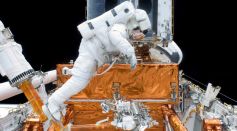
NASA: Orbiting Tool Bag From Recent Spacewalk Now Visible Through Binoculars; Here's Your Guide to Spotting It
World's First Wooden Satellite: NASA, JAXA To Launch LignoSat, Pioneering Sustainable Space Exploration by Summer 2024
Jupiter’s Atmospheric Wind Penetrates the Planet in Cylindrical Pattern, NASA’s Juno Probe Reveals
2 Distant Galaxies Discovered at Pandora’s Cluster Using NASA’s JWST Data [Study]
Baby Star’s First ‘Screams’ Caught in New Images Taken by NASA’s James Webb Space Telescope
Christmas Tree Galaxy Cluster Captured by NASA’s Hubble and Webb Team; What Do the Colors of the Images Mean?
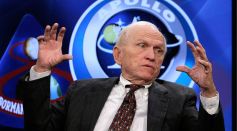
Apollo 8 Commander and Space Pioneer Frank Borman Dies at 95, Leaving a Legacy of Lunar Exploration and Aviation Achievements
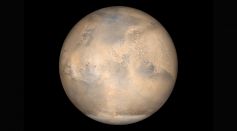
NASA's Retired Telescope Detects Atomic Oxygen on Venus's Day Side, Shedding Light on Atmosphere Differences
NASA's Kepler Telescope Data Unveils a Planetary System With Seven Hot, Large Exoplanets

NASA's James Webb Space Telescope, Chandra X-Ray Observatory Find Most Distant Black Hole Ever Seen
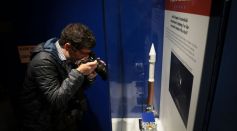
Asteroid Bennu: Samples of the Potentially Hazardous Asteroid Now Available For Viewing in 1st Public Display in Smithsonian Museum
NASA’s Juno Mission Detects Salts and Organic Compounds on the Surface of Ganymede; Will They Set the Stage for Habitability?
Thomas Ken Mattingly Dead: NASA Astronaut Key to Apollo Program’s Success
Pluto's Surprising Secret Ice Volcano Could Be Larger than Yellowstone, NASA Reveals
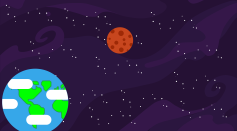
Earth to Mars Distance: How Long Does It Take To Get to Mars
Most Popular

Largest Known Volcanic Aquifer Discovered Beneath Oregon's Cascades

New 'Supergiant' Sea Bug Found in South China Sea, Named After Darth Vader

Mediterranean Sea Was Refilled by a Catastrophic Flood Millions of Years Ago

Mysterious Cosmic Waves That Sound Like Birds Detected in Unexpected Space Region





